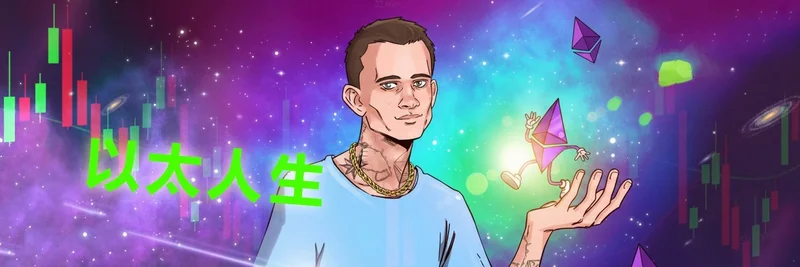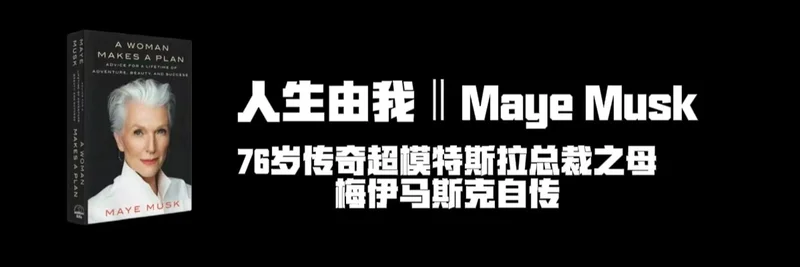In the fast-paced world of crypto, staying ahead of regulatory changes is key, especially for those of us diving into meme tokens. Recently, a tweet from MartyParty (@martypartymusic) caught the community's eye, breaking down the CFTC's Crypto Sprint Initiative. Let's unpack what this means and why it's buzzing in the meme token scene.
What is the CFTC Crypto Sprint Initiative?
The Commodity Futures Trading Commission (CFTC), the U.S. agency overseeing futures and options markets, has launched this initiative to speed up the adoption of recommendations from the President's Working Group on Digital Asset Markets. As MartyParty explained in his tweet, it's all about positioning the U.S. as the global leader in digital assets—echoing the Trump administration's vision of America as the "crypto capital of the world."
At its core, the Crypto Sprint focuses on allowing spot trading of crypto assets like Bitcoin, Ethereum, Solana, and XRP on CFTC-registered exchanges, called Designated Contract Markets (DCMs). Spot trading means buying and selling assets for immediate delivery, unlike futures which are for future dates. This move targets leveraged, margined, or financed trades for retail investors, filling in regulatory gaps under the Commodity Exchange Act.
But why does this matter for meme tokens? Meme tokens, those fun, community-driven coins often built on chains like Solana or Ethereum, could fall under CFTC jurisdiction if classified as commodities rather than securities. This initiative might pave the way for more regulated, transparent trading platforms, making it easier for meme projects to gain legitimacy and attract bigger players.
Coordination with the SEC and Broader Implications
The CFTC isn't going solo here. They're teaming up with the Securities and Exchange Commission (SEC) through the SEC's Project Crypto, led by figures like Chairman Paul Atkins and Commissioner Hester Peirce. This collaboration aims to draw clear lines between what's a commodity (CFTC's turf) and what's a security (SEC's domain), reducing overlaps that have stifled innovation.
For meme token creators and traders, this could mean less uncertainty. Imagine listing your favorite dog-themed coin on a regulated exchange without fearing a regulatory hammer. It enhances investor protection, boosts market transparency, and could even draw in institutional money, supercharging liquidity for meme tokens.
How This Ties into Meme Token Innovation
Meme tokens thrive on hype, community, and quick moves, but regulation has often been a buzzkill. With the Crypto Sprint, we're seeing a shift toward fostering growth. By enabling spot trading on DCMs, it opens doors for meme tokens to evolve beyond decentralized exchanges (DEXs) like Uniswap or Raydium, potentially integrating with traditional finance.
Think about it: safer trading environments could reduce scams, a big issue in the meme space. Plus, with the U.S. pushing to lead globally, this might inspire more blockchain practitioners to build and experiment with meme-inspired projects, armed with clearer rules.
Community Reactions and Next Steps
MartyParty's tweet sparked reactions, from excitement about U.S. leadership to ironic nods at the government's pivot toward decentralization. As one reply noted, it's fascinating how a system wary of crypto now wants to champion it.
If you're in the meme token game, keep an eye on updates from the CFTC and SEC. This initiative is still in its early sprints, but it could reshape how we trade and innovate. For more insights, check out the official CFTC announcement here or dive into related discussions on platforms like X.
In the end, the Crypto Sprint isn't just regulatory jargon—it's a potential booster for the meme token ecosystem, helping us all level up in the blockchain world.




